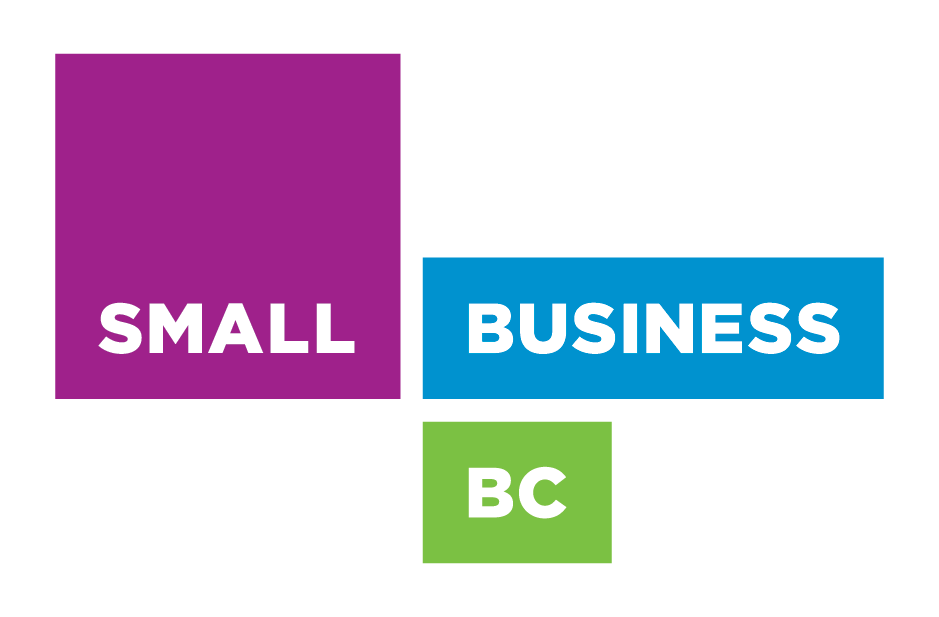Burnaby – One of the major television stations from Vancouver broadcast a news story this past week about pedestrians as a follow up piece for a report on a family that was struck down in a newly marked crosswalk. The footage showed a pedestrian standing on a sidewalk facing the street as traffic drove by without slowing or stopping. In fact, it appeared to my eye that the speed of the video had been increased slightly so that the cars appeared to zoom by. The commentary by the news reader lamented that the drivers just weren’t stopping as they were supposed to. The trouble was, at least according to the law, he was not correct and this could reinforce improper expectations between drivers and pedestrians.
Drivers and cyclists are not required to yield to a pedestrian using a crosswalk until the pedestrian physically occupies the crosswalk. That means stepping off of the sidewalk and onto the road. It’s a lesson from one of my first visits the courtroom that I will not forget. I had written a traffic ticket to a driver for failing to yield to a pedestrian who was waiting patiently on the sidewalk for her turn to cross. It didn’t take the judge long to dismiss the ticket for want of evidence that the driver had been required to yield.
Oddly, marked crosswalks are dangerous places as over half of pedestrian collisions occur at intersections. More markings are not better than fewer markings. The Pedestrian Crossing Control Manual for British Columbia states “As pedestrian control issues are often emotionally charged, there can be a tendency to assume that using more traffic control devices will resolve pedestrian safety problems. However, experience has shown that the overuse of devices may reduce their effectiveness…”
The manual also says “Pedestrian crossing safety relies on the judgement exercised by pedestrians and drivers. To interact safely requires an exchange of information between the pedestrian and the motorist.” Never simply assume that you have the right of way as a pedestrian or a driver. Right of way is something that is given, not taken.
Using a crosswalk is simple. First, look both ways for approaching traffic. If it is safe to step into the crosswalk, do so, if not wait until it is. As we teach children to do, point your way across by holding your arm up and pointing to the far side. This reinforces in the driver’s mind that we intend to cross and are not just passing the time of day. Make eye contact with the driver and insure that they come to a complete stop. Step out to the edge of that vehicle and repeat the sequence at each successive lane making sure not to enter it until after traffic is stopped.
For the driver, there is always the onus of having to exercise due care to avoid colliding with a pedestrian who is on the highway. Most of us would immediately think that this would only apply if the pedestrian is using an area where vehicles normally drive. This would be incorrect, as by definition places such as the shoulder and sidewalks are part of the highway. We must pay attention to the travels of people on foot to yield the right of way as required by law and to prevent a collision through anticipation of what might happen.
If we approach the act of driving and walking with an attitude of sharing the road together chances are that we will avoid difficulties. It is when we become selfish and insist on being first that the problems begin, particularly for the pedestrian as they are the ones with the most to lose regardless of whether they are right or wrong.
To comment or learn more, please visit DriveSmartBC.ca.
Constable Tim Schewe (Retired)DriveSmartBC: Where better than average drivers satisfy their curiosity.













